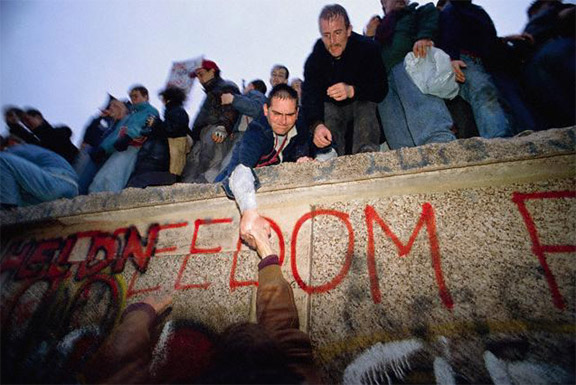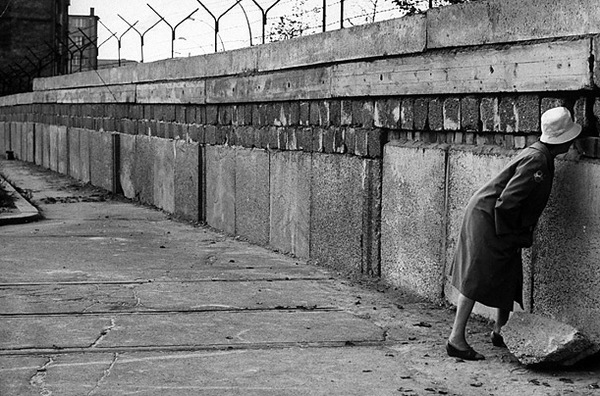This is an archive of the ArtCat Zine, 2007-2009. Please visit our new project, IDIOM.
Nejla Yatkin at Goethe Institute
Growing up, I remember imagining that Berlin was located directly in the center of Germany. Thus the wall, whose existence we barely understood, was merely the manifestation of a line that ran the length of the country, spreading out from the city to the north and to the south. I also remember the day when my teacher sat us down to explain, as best she could, that the world had somehow changed, and that the biggest country on the map was now much smaller. In my head this was a hugely important development, indicating not only the immanent arrival of all new maps, but also promising big changes on those maps. Whole new countries. More colors. I was terribly disappointed when the new maps arrived and the changes seemed decidedly less than had been expected. I only bothered to learn the name of the biggest new country: Kazakhstan, while noting that Russia - which has always been its name in practice - still looked pretty big to me.
To this day I can't decide to what degree these youthful misunderstandings warped the reality of the situation. Berlin is certainly not in the center of Germany, but Russia still looms terribly large, both literally and figuratively. And the Berlin Wall, for its part, did run the length of the country, in a great many ways. Nejla Yatkin is an internationally renowned choreographer who grew up with the Wall in the way I grew up with those maps, as a consistent presence. Friday, at the Goethe Institute she will be leading a discussion about "how The Wall has affected all of us, and about how the lines between the personal and the historic can often blur." The talk begins at six, and is free.
ZINE
HOME
TIPS / COMMENTS
CATEGORIES
CONTRIBUTORS
- Greg Afinogenov
- B. Blagojevic
- Adda Birnir
- Susannah Edelbaum
- Julie Fishkin
- Paddy Johnson
- Jessica Loudis
- Christopher Reiger
- Andrew Robinson
- Peter J. Russo
- Blythe Sheldon
- S.C.Squibb
- Hrag Vartanian


